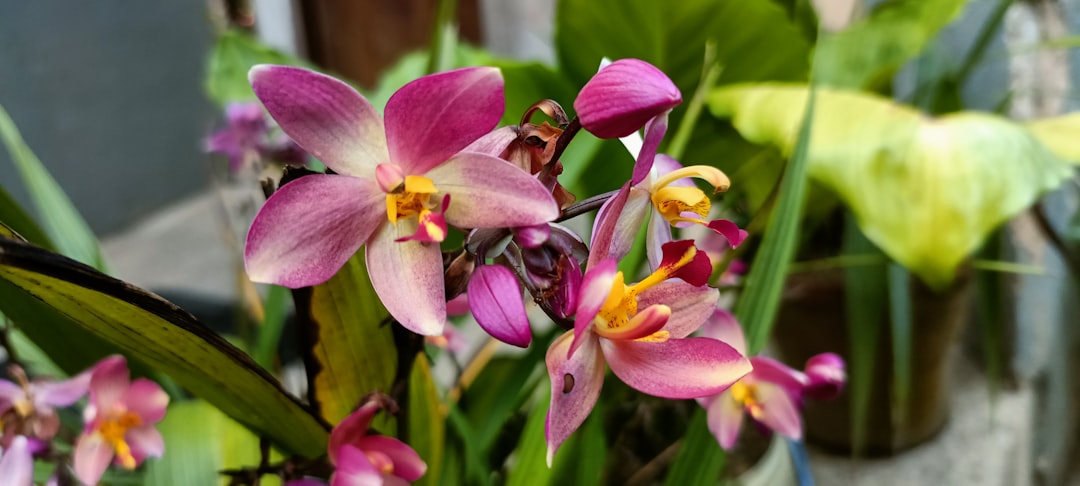The Allure of Oakleaf Hydrangea: A Gardener's Delight

Oakleaf hydrangeas, a true gem in the world of gardening, offer a plethora of benefits for both novice and experienced gardeners alike. These native plants are not only easy to grow but also bring a touch of elegance and color to any garden setting. In this article, we will delve into everything you need to know about growing oakleaf hydrangea, from their unique characteristics to the best practices for cultivation.
One of the most striking features of oakleaf hydrangea is its eye - catching fall color. As the seasons change, the leaves of the oakleaf hydrangea transform into a vibrant display of red, orange, and purple. This autumnal show is a sight to behold and can turn an ordinary garden into a spectacular landscape. Unlike many other plants, the fall foliage of oakleaf hydrangea lasts for an extended period, providing long - lasting visual interest.
The flowers of oakleaf hydrangea are another highlight. They are large, cone - shaped clusters that bloom in the summer. These flowers start off white and gradually turn pink as they age. The long - lasting nature of the blooms means that your garden will be graced with their beauty for weeks on end. Whether used as a focal point in a flower bed or as part of a mixed shrub border, the oakleaf hydrangea's flowers are sure to make a statement.
When it comes to growing oakleaf hydrangea, they are relatively low - maintenance. They prefer partial shade to full sun, although in hotter climates, some afternoon shade can be beneficial to prevent the leaves from scorching. The soil should be well - drained, rich in organic matter, and slightly acidic. Adding compost or peat moss to the soil before planting can help create the ideal growing conditions.
Watering is an important aspect of oakleaf hydrangea care. While they are somewhat drought - tolerant once established, they still require regular watering, especially during dry spells. A deep watering once or twice a week is usually sufficient, but make sure the soil doesn't become waterlogged. Mulching around the base of the plant can help retain moisture and keep the roots cool.
Pruning oakleaf hydrangea is also straightforward. It is best to prune them right after they finish blooming in the summer. This allows the plant to set buds for the following year. Remove any dead or damaged branches, as well as any weak or crossing branches to improve air circulation and the overall shape of the plant.
Oakleaf hydrangea can be propagated through cuttings. Take softwood cuttings in the spring or early summer, dip them in rooting hormone, and plant them in a well - drained potting mix. Keep the cuttings moist and in a warm, shady location until they develop roots.
These shrubs can be used in a variety of landscaping designs. They work well as foundation plantings, where their attractive foliage and flowers can add curb appeal to a home. They can also be planted in groups to create a natural hedge or screen. In a woodland garden, oakleaf hydrangea blends in seamlessly with other native plants, adding to the overall natural aesthetic.
In conclusion, oakleaf hydrangea is a wonderful addition to any garden. With its beautiful fall color, long - lasting flowers, and easy - to - grow nature, it offers a lot of rewards for relatively little effort. Whether you are looking to enhance your garden's beauty or simply enjoy the process of gardening, oakleaf hydrangea is definitely a plant worth considering.